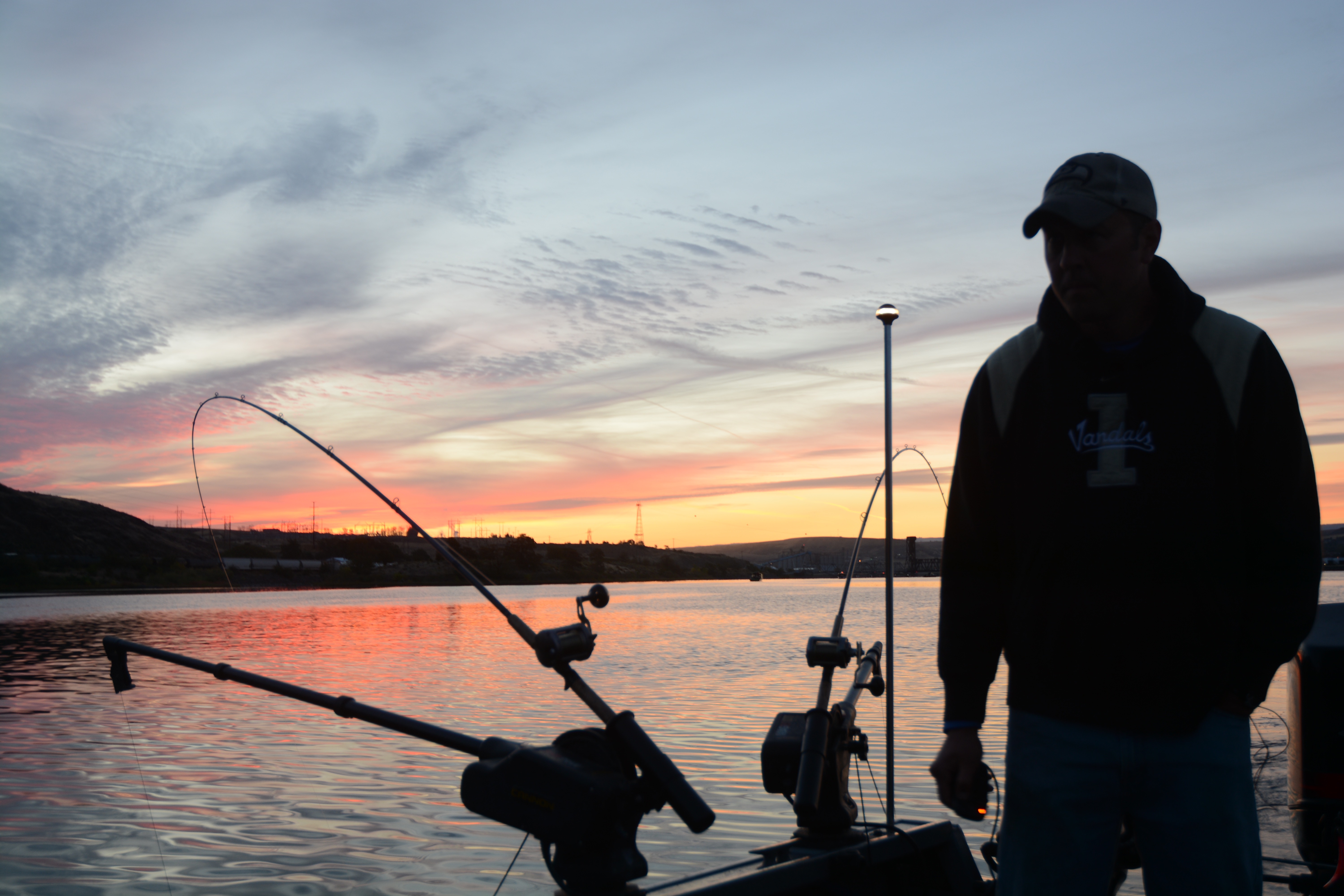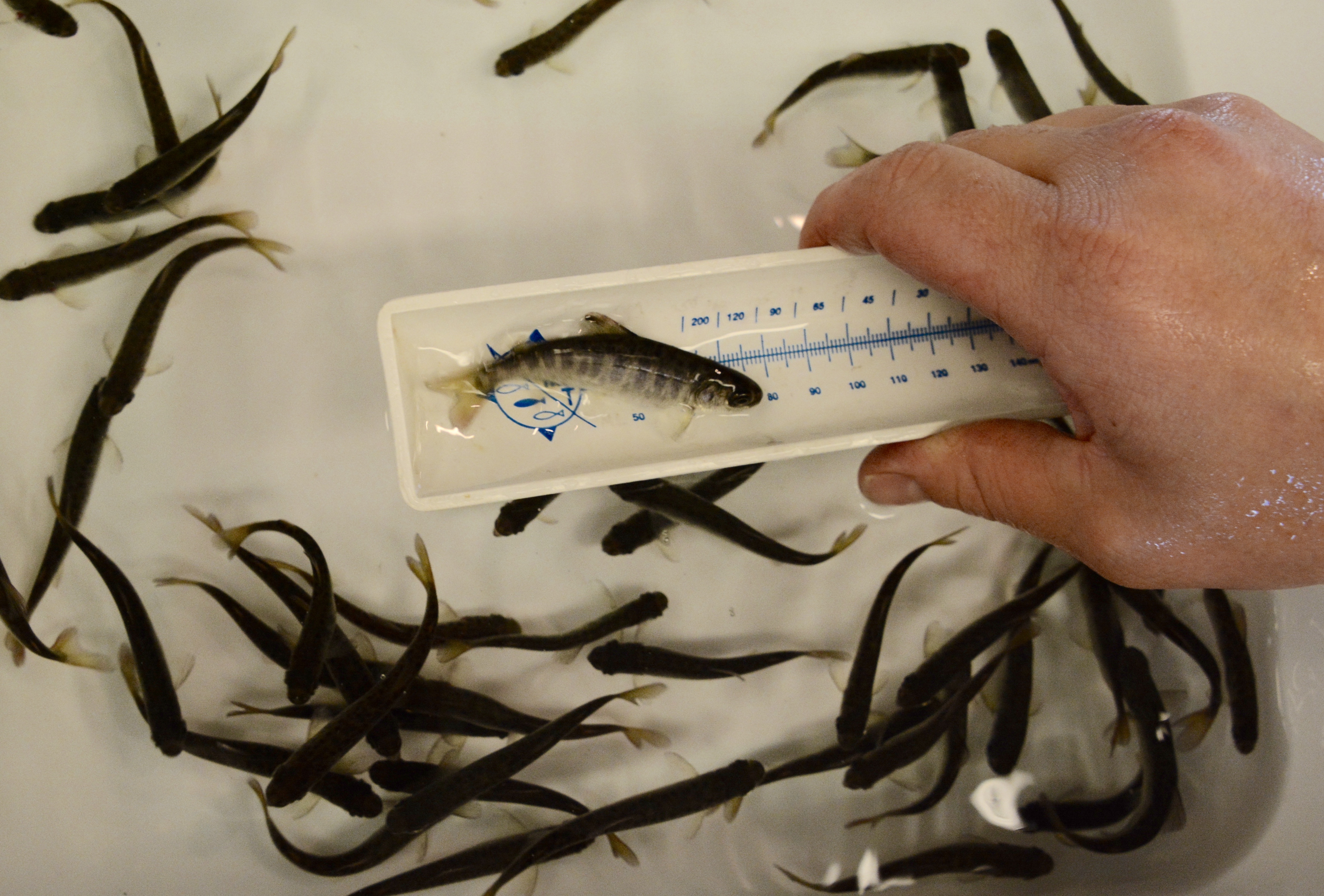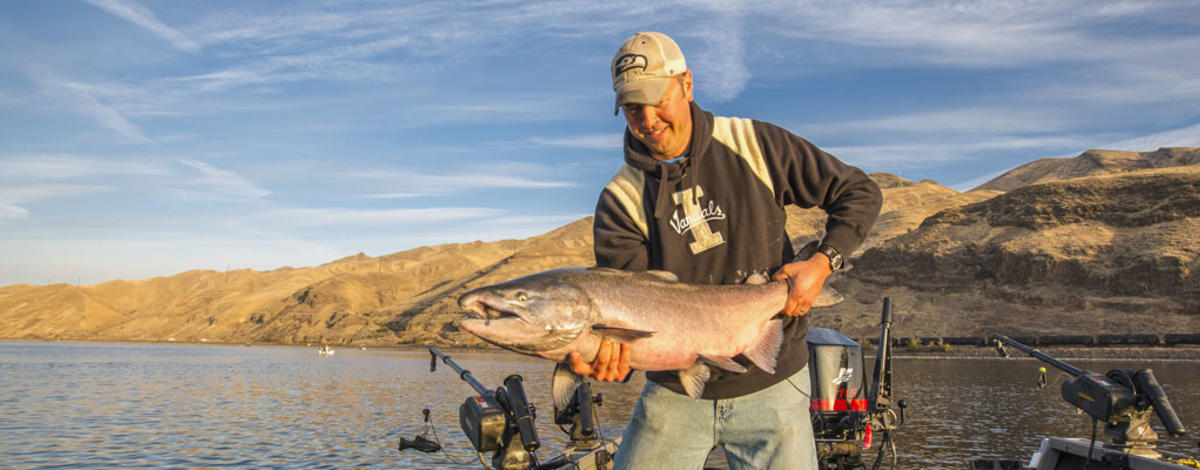
While there’s disappointment over no harvest for steelhead due to a low return this fall, anglers can still catch big, hard-fighting fish and get a generous bag limit.
The fall Chinook fishing season is in full swing, and mid September is the peak period to catch them in the Lewiston area, and October is prime for Hells Canyon.
Through Sept. 19, about 6,500 Chinook had crossed Lower Granite Dam about 30 miles downstream from Lewiston, and thousands more are on the way. Forecasters estimate about 27,000 fish will return to Idaho this fall.
Fall chinook are a big, tasty target for anglers because they spend three years in the ocean. Many are in the 15-to-20-pound range, and some exceed 50 pounds.
Good ol’ fishing days are now
Fall chinook runs have dramatically improved over the last decade, and fishing for them is growing in popularity. The daily bag limit is six adults, and the possession limit is 18. There is no season limit on adult fall Chinook, and only adult fall Chinook must be recorded on the angler's salmon permit.
There are no daily, possession or season limits on jack fall Chinook, which are those less than 24 inches. Here are the rules and areas open for fishing.
If anglers are hoping for a grilled Chinook to barbecue or put in the freezer, it's best to fish early in the run. Fall chinook arrive almost ready to spawn, so there's a shorter window when they're in the best shape and good to eat.

Catching keepers
Anglers should also expect to see lots of fish with adipose fins intact, which must be released unless they’re less than 24-inches long. Only about a third of the returning fall chinook are available for harvest, so the ratio of clipped to unclipped fish is much lower than spring or summer fish.
The ratio is specified in a management agreement negotiated among the states, tribes and federal agencies in the Columbia River basin, and the ratio was developed to ensure sufficient numbers of fish remained in the system to supplement and rebuild the wild population.
Fishing for falls
Unlike their spring and summer cousins who migrate far upstream and spawn in the upper reaches of rivers, fall fish spawn in lower sections, and most fishing is done by boat.
Most anglers fishing the lower Snake River use a large flasher trailed by a lure or plug and a downrigger to get the tackle within a few feet of the bottom of the river.
As fish move farther upstream, some anglers use methods and tactics similar to those used for spring Chinook in the Clearwater and Main Salmon rivers, like backtrolling plugs, such as large “Kwikfish” wrapped with herring fillets, or side drifting with bait and/or yarn.
When the fish stack up below Hells Canyon Dam, bank anglers can use bobbers and jigs to catch Chinook.

Brighter future
Idaho resumed fall Chinook fishing in 2008 after it had been closed for decades, and runs have remained steady since then. The last five years have produced the top-three fall Chinook runs since 1975 when fish counting started at Lower Granite Dam.
Fall Chinook were listed under the endangered species act in 1992, and during the 1990s, the average annual return to Idaho was only 1,300 fish.
Fish and Game partnered with Idaho Power, the Nez Perce Tribe, and Oregon and Washington on fall Chinook recovery.
Like Idaho's sockeye salmon, hatcheries were largely responsible for the return Idaho's fall Chinook. Hatcheries release nearly 6 million young fall Chinook during spring, and the increased adult returns in recent years resulted in more fish available for natural spawning and fishing opportunity.
Hatchery smolt releases should remain steady, and fall Chinook tend to do well in the ocean and return in good numbers, even when spring and summer Chinook don't.
Learn more about fall Chinook fishing in this 2015 video:

